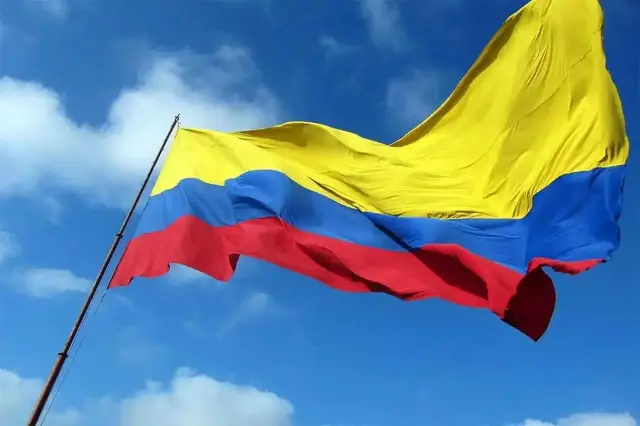July 20th is Colombia's Independence Day , one of the most emblematic and significant national holidays for the country. This day commemorates the beginning of the emancipation process from Spanish colonial rule, which took place in 1810. Beyond being a simple national holiday, this date symbolizes the awakening of independence sentiment, the desire for freedom, and the emergence of the Colombian republican project.
Every year, Colombians commemorate the famous "Grito de Independencia" (Cry of Independence), an event that took place in Santa Fe (now Bogotá) and marked the beginning of a series of revolutionary events that would lead to the consolidation of national sovereignty. Today, this date is celebrated with military parades, cultural events, official tributes, and demonstrations of patriotic pride that strengthen national identity throughout the country.
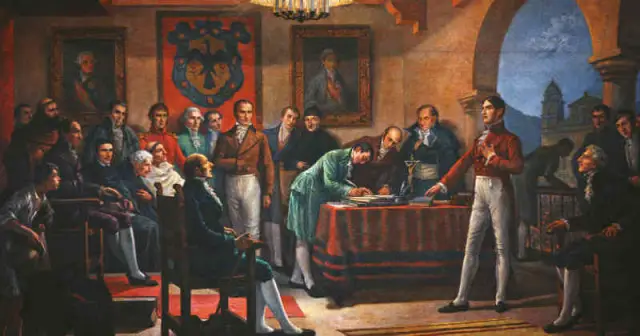
History of July 20: The cry for independence
Llorente's vase and the symbolic conflict
The most famous anecdote associated with July 20th is that of the Llorente Flower Vase . According to historical records, a group of Creoles led by figures such as Francisco José de Caldas, Antonio Morales, and Camilo Torres plotted to start an altercation with the Spanish merchant José González Llorente. The excuse was the refusal to lend them a flower vase, which was exploited to create a public scandal that ignited the popular revolt.
This incident was the starting point for convening an open council , a political mechanism that demanded the creation of an autonomous Governing Board independent of the viceroyalty. Thus, Santa Fe declared its administrative independence on July 20, 1810, marking the first major step toward definitive emancipation from Spanish rule in the territory of New Granada.
Formation of juntas and the independence process
Following the uprising in Santa Fe, other cities in the Viceroyalty began to form similar juntas, generating a decentralized movement for local autonomy. Although it was not complete or immediate independence, this date represents the beginning of the long revolutionary process that would culminate in the formal proclamation of independence in 1819, following the patriotic victory at the Battle of Boyacá led by Simón Bolívar.
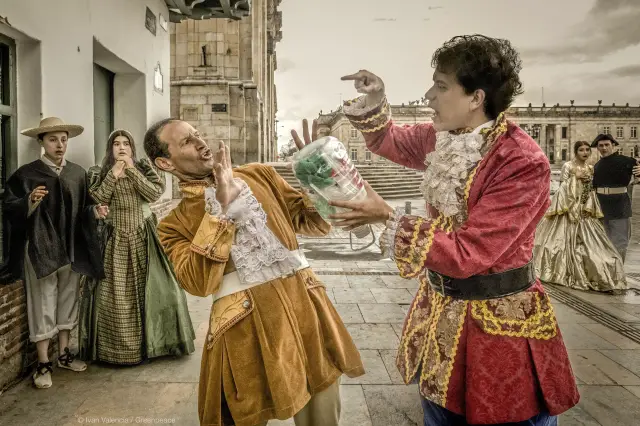
How is July 20 celebrated in Colombia?
Official events and commemorations
Military Parade: This is the central event in Bogotá and is replicated in several cities across the country. The Military Forces, the National Police, folklore groups, and civilian delegations participate. This parade is a demonstration of strength, discipline, and national unity.
Raising the flag: In Colombian government institutions, schools, universities, and homes, the tricolor flag is raised as a symbolic act of respect and national pride. This gesture is often accompanied by the singing of the national anthem.
Cultural events: Open-air concerts, art exhibitions, theatrical performances of national history, and regional food fairs are held. Celebrations vary by region but share the spirit of national identity.
Tributes to heroes: Floral offerings and solemn ceremonies are held in plazas, parks, and historical monuments to honor independence leaders such as Antonio Nariño, Camilo Torres, and Policarpa Salavarrieta.
Citizen participation
Citizens actively participate in the celebrations. Many Colombians wear shirts bearing the national colors (yellow, blue, and red), participate in patriotic marches, or simply enjoy the day with their families in civic, recreational, and cultural activities that reinforce their love for Colombia and its history.
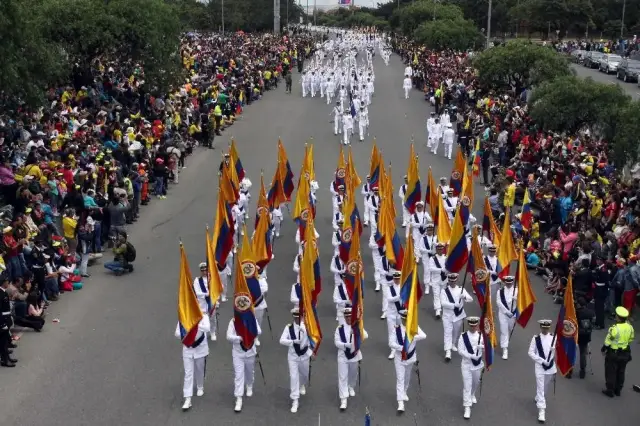
Importance of July 20 in Colombian identity
Celebrating July 20th not only means remembering a significant historical event, but also reaffirming a sense of belonging, freedom, and national unity . This date strengthens democratic values, strengthens collective awareness of citizens' rights, and allows us to reflect on the evolution of the Republic throughout the centuries.
It is also an educational opportunity for new generations to gain a deeper understanding of the nation's origins, the value of acquired rights, and the legacy of those who fought with determination and sacrifice to build a sovereign country. Each commemorative event is a living tribute to freedom and an invitation to continue building our nation.
Iconic places to visit on July 20th
Casa del Florero Museum (Bogotá): Exact site where the incident with the vase occurred, now converted into a national history museum.
Bolívar Square: The site of the open town council meeting of 1810 and the current political and symbolic center of the country. The Primate Cathedral, the Palace of Justice, and the National Capitol are located here.
Boyacá Bridge (Boyacá): National monument commemorating the final victory of the patriotic troops over the royalist army in 1819.
National Museum of Colombia: Houses important historical artifacts, portraits of national heroes, and original documents related to the independence.
Fun facts about July 20th
July 20 was officially declared a holiday in Colombia in 1873 by decree of the national government.
The tricolor flag of Colombia, with its yellow, blue, and red stripes, was inspired by the design of General Francisco de Miranda, a precursor to Latin American independence.
Although Santa Fe was the first city to organize a governing board, other cities such as Cartagena, Tunja, and Popayán also played a leading role in the emancipation process.
The Flower Vase Museum houses the original vase that gave rise to the conflict, although some historians believe it may be a symbolic replica.
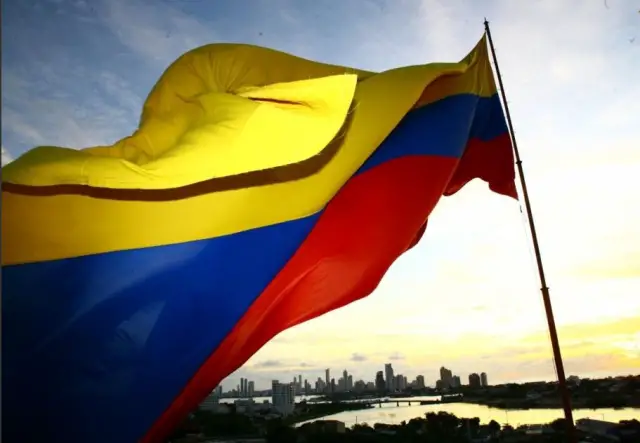
Frequently asked questions about July 20 in Colombia
What exactly happened on July 20, 1810?
A popular uprising took place in Santa Fe de Bogotá, which led to the creation of a Creole Government Junta, marking the beginning of the process toward Colombia's independence from the Spanish Empire.
Why is the vase a symbol of July 20?
Because it was used as an excuse by the Creoles to trigger a confrontation with the Spanish merchant Llorente, which led to the revolt that allowed the open council to be convened and the autonomy of Santa Fe to be declared.
Is July 20th celebrated throughout Colombia?
Yes, it's a national holiday. Each city, municipality, and township celebrates in its own way, with civic events, parades, flag-raising, and tributes to the heroes of our independence.
What does the Colombian flag represent?
The yellow represents the richness of Colombian soil, the blue symbolizes the oceans and rivers that flow through the territory, and the red is a tribute to the blood shed by the heroes who fought for the country's freedom.
Colombia commemorates its freedom with pride and tradition
July 20th is a date deeply rooted in the hearts of Colombians. A day that unites an entire nation under the symbol of freedom, identity, and respect for those who shaped history. Through solemn acts, patriotic parades, and cultural celebrations, Colombia honors the legacy of its heroes and strengthens the national spirit. Celebrating this date is not only a reminder of the past, but also a commitment to the future of a free, diverse, and united nation. Participating in these commemorations means keeping history alive and building memories for future generations.
